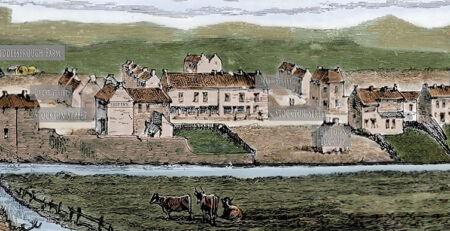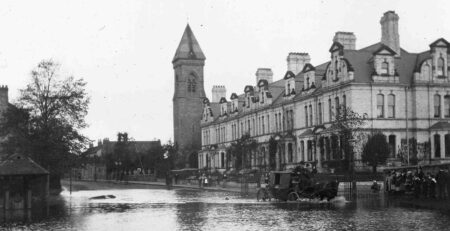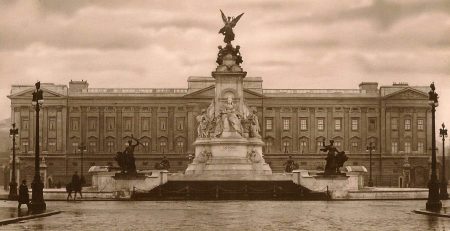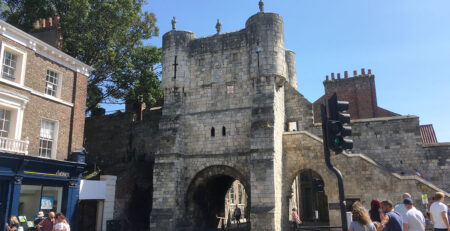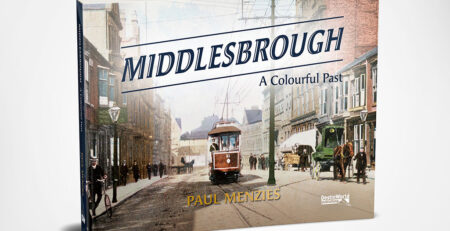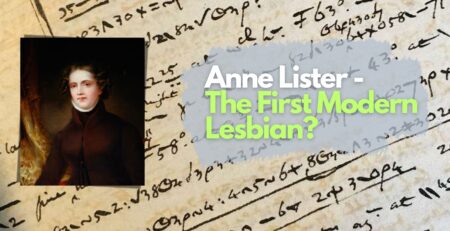Britain’s Most Important Post-War Objects
In his new book, A History of Britain in 100 Objects, historian Paul Chrystal makes the case for the defining objects which tell the story of Britain and its history.
Britain as a nation has gone through many identities and events, and has seen plenty of conflict over the years.
The most recent major events were the two World Wars of the early 20th Century.
In this article, we’ll look at the most important objects which have appeared in the post-war period and helped define Britain in more recent times.
The Prefab House
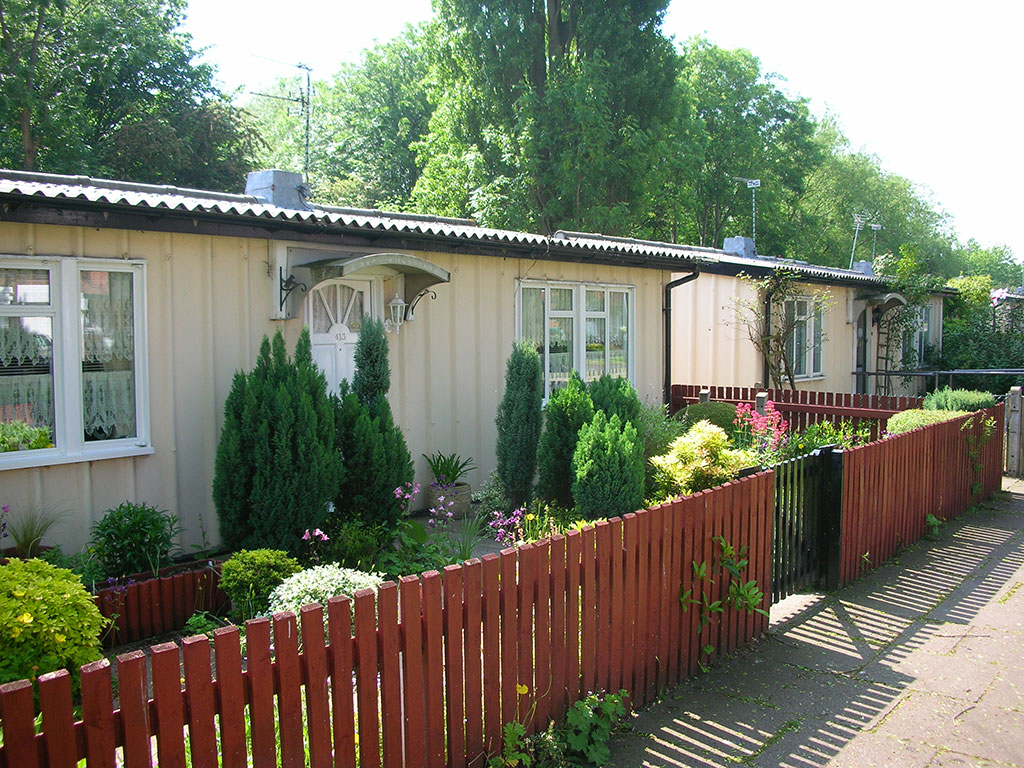
Under the Housing (Temporary Accommodation) Act 1944, more than 156,000 prefabricated houses were built throughout the UK between 1945 and 1948 to rehouse ex-servicemen and their families or bombed-out people.
The aim was to address the need for an anticipated 200,000 shortfall in postwar housing stock, by building 500,000 prefabricated houses.
The prefabs that did go up went up on bomb sites and open spaces such as green belt and parks to give an air of rural living, and were expected to last ten to fifteen years. This was not to be: they lasted much longer, and some still stand today after 75 years.
The NHS Ambulance
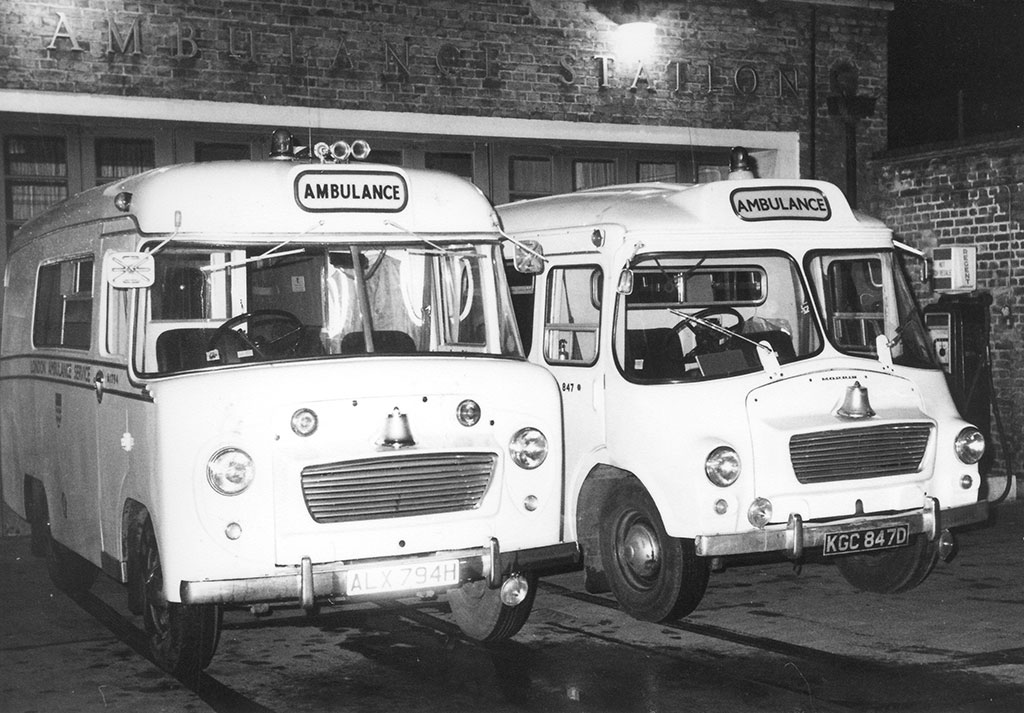
Ambulances are emblematic of and essential for any health service.
The UK’s National Health Service, founded in 1948, is no exception. We all need to get people to hospital when they need to be there through illness or accident; we all need to get the infirm and elderly safely to and from their appointments or for courses of treatment for chronic illnesses.
The National Health Service Act 1946 gave county and county borough councils in England and Wales a statutory responsibility to provide an emergency ambulance service, although they could contract a voluntary ambulance service to provide this; the ambulance service is the emergency response wing of the National Health Service.
Each year about one in 20 people in the UK will use the accident and emergency ambulance service. However, responding to 999 calls makes up only 10 per cent of the total number of ambulance service journeys – ambulances are also involved in non-emergency work through the patient transport service.
SS Empire Windrush
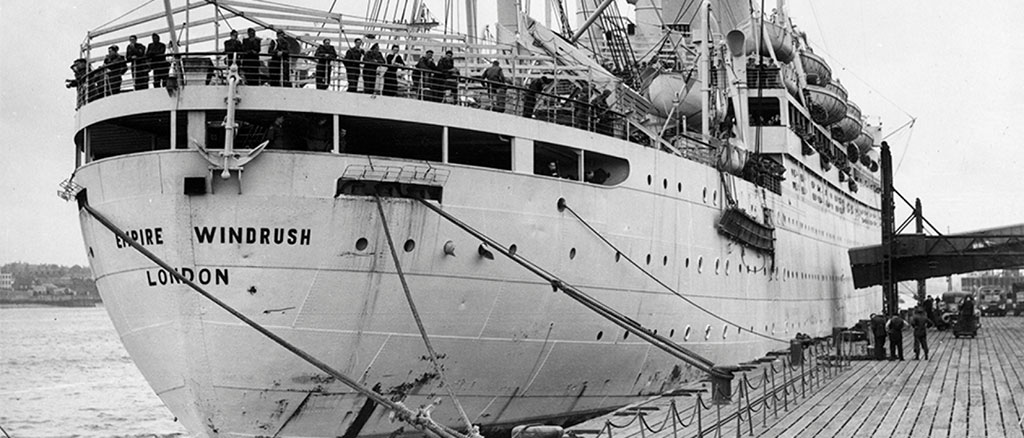
As the break-up of the British empire and post-World War Two rebuilding simultaneously gathered pace, the Windrush generation arrived as United Kingdom and colonies (CUKC) citizens in the 1950s and 1960s. Born in the former British colonies of the Caribbean, they settled in the UK prior to 1973, and, importantly, were granted ‘right of abode’ by the Immigration Act 1971.
HMT Empire Windrush, originally MV Monte Rosa, was a German passenger liner and cruise ship launched in 1930. During World War Two she was operated by the German navy as a troopship. At the end of the war, Monte Rosa was appropriated by the British Government as booty and renamed the Empire Windrush.
In 1948 Empire Windrush brought one of the first large groups of postwar West Indian immigrants to the UK, carrying 1,027 passengers and two stowaways from Jamaica to London. Of these, 802 gave their last country of residence as somewhere in the Caribbean: of these, 693 had plans to settle in the United Kingdom and became known as the Windrush generation.
The original purpose of Windrush’s voyage had been to provide passage for service personnel. The additional arrival of civilian immigrants came as something of a surprise to the British Government.
Ladybird Books

The origins of this famous imprint and publisher goes back to 1867 when Henry Wills opened a bookshop in Loughborough. Ten years later he was publishing and printing guidebooks and street directories. William Hepworth joined in 1904; the company traded as Wills & Hepworth.
By August 1914, Wills & Hepworth had published their first children’s books under the Ladybird imprint. Right from the start the company was identified by a ladybird logo.
A key date was 1964 when the fledgling Key Words Reading Scheme was adopted in UK primary schools, using a reduced vocabulary to help children learn to read.
Queen’s Head Postage Stamp
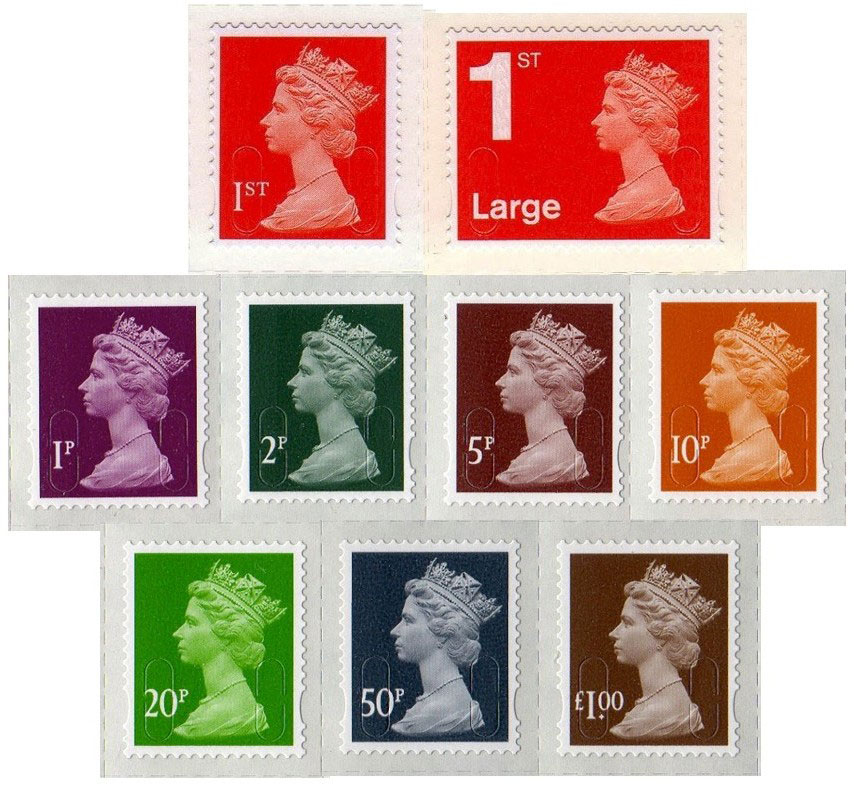
The Machin series of postage stamps is the main definitive stamp series in the United Kingdom, used since 5 June 1967. It is the second series to feature the image of Elizabeth II, replacing the Wilding series.
Designed by Arnold Machin, they consist simply of the sculpted profile of the Queen and a denomination, and are usually in a single colour. It is an enduring image that has been reprinted over 225 billion times, surely making it the most reproduced portrait in history. In 2017 the Daily Express declared that:
‘It is hard to believe that this image’s sheer omni presence doesn’t have a subliminal effect on us, giving a sense of continuity and serenity … the crown says royalty, the youthful image suggesting eternity and the whole thing says unmistakably “Great Britain”.’
The effigy on the Machin stamps has never been updated: the last proposals were rejected by the Queen herself.
The Good Friday Peace Agreement

The Good Friday Agreement (GFA) (Irish: Comhaontú Aoine an Chéasta) is a pair of agreements signed on 10 April 1998 that ended much of the violence incurred in and by the Troubles. It was a major development
on the road to peace in Northern Ireland in the 1990s. Northern Ireland’s present devolved system of Government is based on the agreement. Core to the agreement were issues relating to sovereignty, civil and cultural rights, decommissioning of weapons, demilitarisation, justice and policing.
On the constitutional question of whether Northern Ireland should remain in the UK or become part of a united Ireland, it was agreed that there would be no change without the consent of the majority.
The coronavirus vaccine
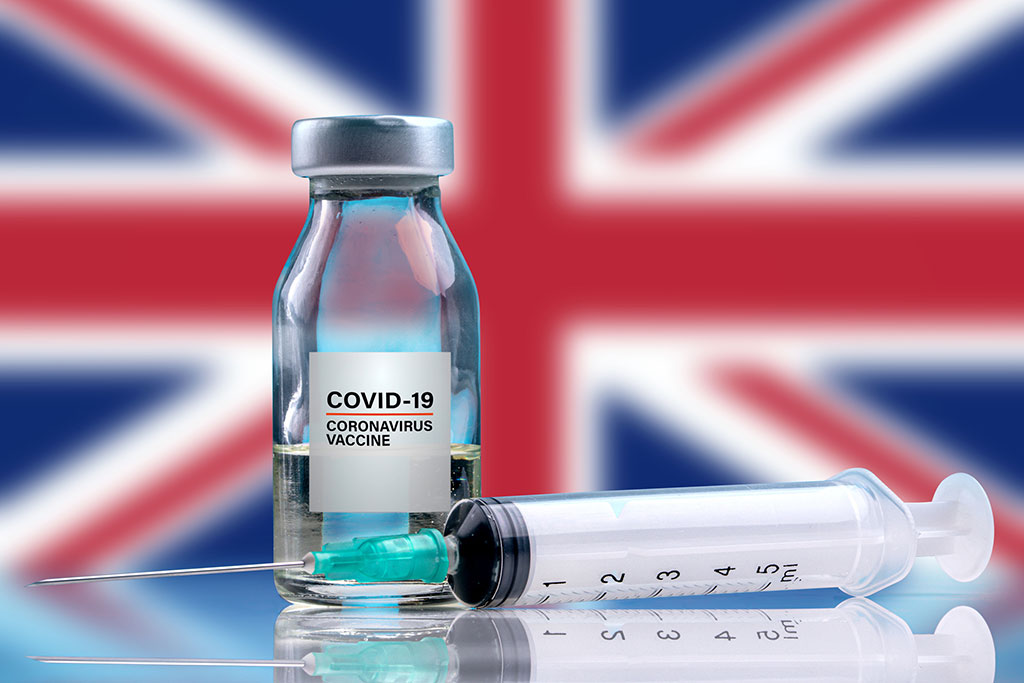
The COVID‑19 vaccine is intended to confer acquired immunity against severe acute respiratory syndrome coronavirus 2 (SARS‑CoV‑2), the virus that causes coronavirus disease 2019 (COVID‑19). Before the COVID‑19 pandemic, the medical and scientific community had built up a significant body of knowledge about the structure and function of coronavirus causing diseases from the 2000s, like severe acute respiratory syndrome (SARS) and Middle East respiratory syndrome (MERS). This bank of knowledge expedited the development of various vaccine platforms during early 2020.
On 10 January2020, the SARS-CoV-2 genetic sequence data was shared through GISAID, and by 19 March the global pharmaceutical industry announced a major commitment to address COVID‑19. The successful COVID‑19 vaccines are widely credited for their role in reducing the severity and death caused by COVID‑19 in the ongoing pandemic.
GISAID is a global science initiative established in 2008 that provides open-access to genomic data of influenza viruses and the coronavirus responsible for the COVID-19 pandemic. On 10 January 2020, the first whole-genome sequences of SARS-CoV-2 were made available on GISAID, which facilitated global responses to the pandemic, including the development of the first vaccines and diagnostic tests to detect SARS-CoV-2.

A History of Britain in 100 Objects, by Paul Chrystal, covering the most important items from ancient history to the present, is available to order now.



